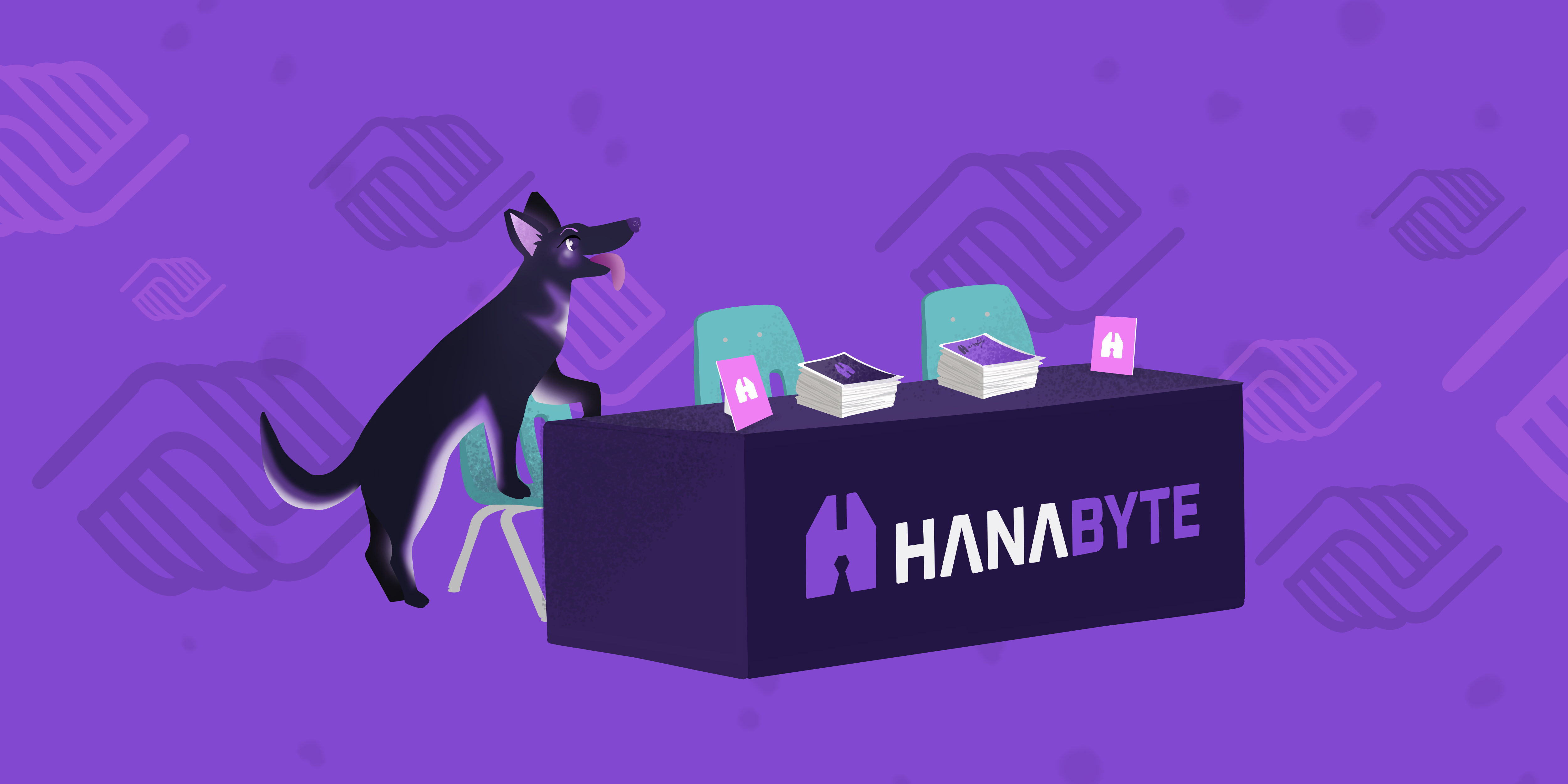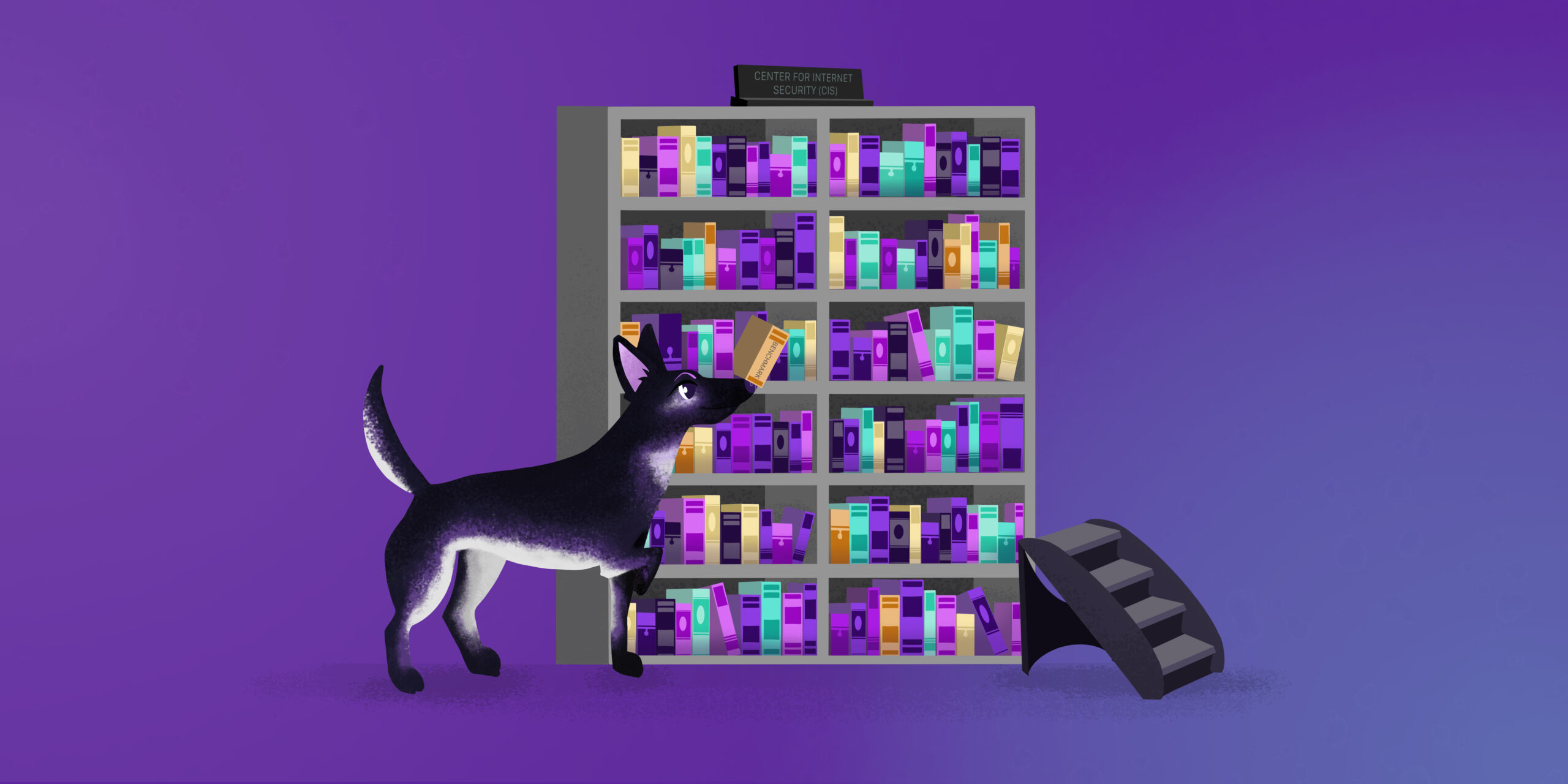How Google’s Security Mindset Aligns with Its Low Environmental Impact Efforts
Google has long established itself as an industry leader in sustainability, achieving 100% renewable energy use for its global operations in 2017, aiming for a carbon-free future by 2030. This achievement was obtained when Google developed Carbon Footprint to help their customers monitor their individual carbon emission impact. As a result, Google has many services that can be leveraged to create a low cost, secure environment for your cloud infrastructure; Load Balancing, Google Kubernetes Engine (GKE), Cloud Security Command Center, Intrusion Detection System, and Identity and Access Management (IAM). Google’s security mindset and sustainability initiatives overlap and strengthen each other in several ways.
Investing in Renewable Energy and Energy Efficiency
Google’s investment in renewable energy sources has been substantial over the past decade. They have invested in energy projects across the world generating over 7 Gigawatts of clean electricity, completely matching their energy needs across the planet since 2017. Google has pioneered smart energy management systems to optimize energy consumption and reduce waste. One example of this is the use of machine learning algorithms that optimize data center cooling, reduce energy consumption by up to 30%, and improve infrastructure reliability. Google is changing supply chain mindsets to better protect the planet and the people involved. These energy-efficient practices help Google both reduce greenhouse gas emissions and decrease vulnerability to cyberattacks targeting traditional power grids. By integrating these practices into Google’s cloud infrastructure, organizations are equipped to maximize efficiency and reliability.
Decentralized and Resilient Infrastructure
Google Cloud Load Balancing is a powerful solution for optimizing latency and reliability across distributed applications and services in the cloud. Load Balancing ensures a robust and dependable infrastructure by distributing network traffic among multiple instances and regions, making it resilient against cyber threats like DDoS attacks and other potential risks. Load Balancing eliminates the need for a centralized architecture, which is often the target of cyberattacks. Decentralizing infrastructure allows companies to simultaneously decrease their carbon footprint, enhance their security posture, prioritize availability, and optimize costs.
Containerized Security
Google Kubernetes Engine (GKE) is a powerful managed service that enables users to harness the benefits of containerization technology, making it easier to deploy, manage, and scale containerized applications in a highly efficient and flexible manner. By combining the power of containerization with robust security measures, GKE enables organizations to deploy applications sustainably and securely. Containers offer a lightweight and portable solution that minimizes energy consumption and optimizes resource utilization. Additionally, GKE goes a step further by implementing stringent security measures to protect applications and data. It leverages advanced encryption techniques, access controls, and monitoring tools to ensure the integrity and confidentiality of information.
Taking a Proactive Approach to Risk Mitigation
Google Cloud Security Command Center allows organizations to manage security and compliance risks in real-time. They provide a centralized view of security risks and potential threats, empowering proactive risk mitigation steps by leveraging advanced artificial intelligence and machine learning. This level of proactive security reduces the risk of data breaches and cyberattacks while also improving operational efficiency and data privacy. Security Command Center’s features include anomaly detection, security scanning, real-time event monitoring, and detailed security recommendations making it a powerful tool for managing security risks. Following the advice from this service will help prevent unauthorized data access and excess application load thus reducing unintended energy consumption and labor costs from your cloud environment.
Rapid Response Against Attacks
Google Intrusion Detection Service (IDS) plays a crucial role in creating a more efficient cloud environment. IDS offers network threat detection as a service, empowering enterprises to enhance their security programs. Google IDS utilizes advanced threat detection mechanisms, including industry-leading threat analysis engines and has been built with the help of Palo Alto Research teams. These mechanisms continuously update the catalog of known threat signatures and promptly detect unknown threats. By proactively identifying and mitigating potential security threats, organizations can maintain the integrity and efficiency of their cloud environment without the need to spend the valuable resources to source their own solution.
Streamlined Resource Access
Identity and Access Management (IAM) offers several benefits that can lead to a more efficient cloud environment. IAM allows administrators to control access to specific resources, giving them full visibility and central management capabilities for all Google Cloud resources. By leveraging IAM’s role-based access controls, organizations can grant granular permissions to specific teams and users, ensuring access is given only to those who require it. This can minimize the risk of unauthorized data access and free up valuable time and resources. Overall, by utilizing IAM, organizations can ensure a safe and streamlined environment for managing their resources, reducing complexity, and optimizing cloud efficiency.
Making the Consciousness Switch
Google’s investment in renewable energy, efficient infrastructure, and proactive security demonstrates how their security mindset and sustainability initiatives complement each other. Google Cloud services such as Load Balancing, Security Command Center, and IAM are integral in supporting those initiatives by offering a secure and sustainable digital ecosystem for businesses. Implementing these sustainable practices has allowed Google to set the bar for sustainable cloud computing while optimizing safety and increasing the resiliency of its infrastructure.








